Family Reunification, also known as Family-Based Immigration, is a process that allows U.S. citizens and permanent residents to sponsor certain family members to come and live in the United States. The main purpose of this immigration pathway is to keep families together by allowing close relatives to join their loved ones who are already in the U.S. as lawful residents or citizens. Here’s more information about Family Reunification:
- Immediate Relatives vs. Preference Categories: Family Reunification is divided into two main categories: Immediate Relatives and Preference Categories. Immediate Relatives include the spouses of U.S. citizens, unmarried children under 21 years of age of U.S. citizens, and parents of U.S. citizens (if the citizen is at least 21 years old). Immediate Relatives have a distinct advantage as they do not have to wait for visa numbers and have expedited processing.
- Preference Categories: The Preference Categories include more distant family members of U.S. citizens and permanent residents. These relatives are divided into four preference categories (F1, F2, F3, and F4) based on their relationship to the sponsor and the sponsor’s immigration status. The wait times for visa numbers in these categories can vary significantly, and beneficiaries may have to wait for several years before a visa becomes available.
- Form I-130: The first step in sponsoring a family member is typically filing Form I-130, Petition for Alien Relative. This form establishes the qualifying relationship between the sponsor and the beneficiary. U.S. citizens can file I-130 petitions for their spouses, children, and parents, while permanent residents can only file for their spouses and unmarried children.
- Visa Numbers and Priority Dates: Preference Categories are subject to numerical limitations, meaning there are only a certain number of visas available each year in each category. Beneficiaries in the preference categories are assigned a priority date based on the filing date of the I-130 petition. Once the priority date becomes current (when visa numbers are available), the beneficiary can apply for an immigrant visa or adjust their status in the U.S.
- Adjustment of Status or Consular Processing: Family members who are already in the U.S. and are eligible to adjust their status may apply for lawful permanent residency without leaving the country. Those residing outside the U.S. go through consular processing to obtain an immigrant visa at a U.S. embassy or consulate in their home country.
Family Reunification is a compassionate aspect of U.S. immigration law, aiming to unite families and strengthen family ties. The process can be complex, and each family’s situation is unique. Engaging the services of an experienced immigration attorney can help ensure a smooth and successful Family Reunification process, allowing families to be together and build their lives in the United States.





